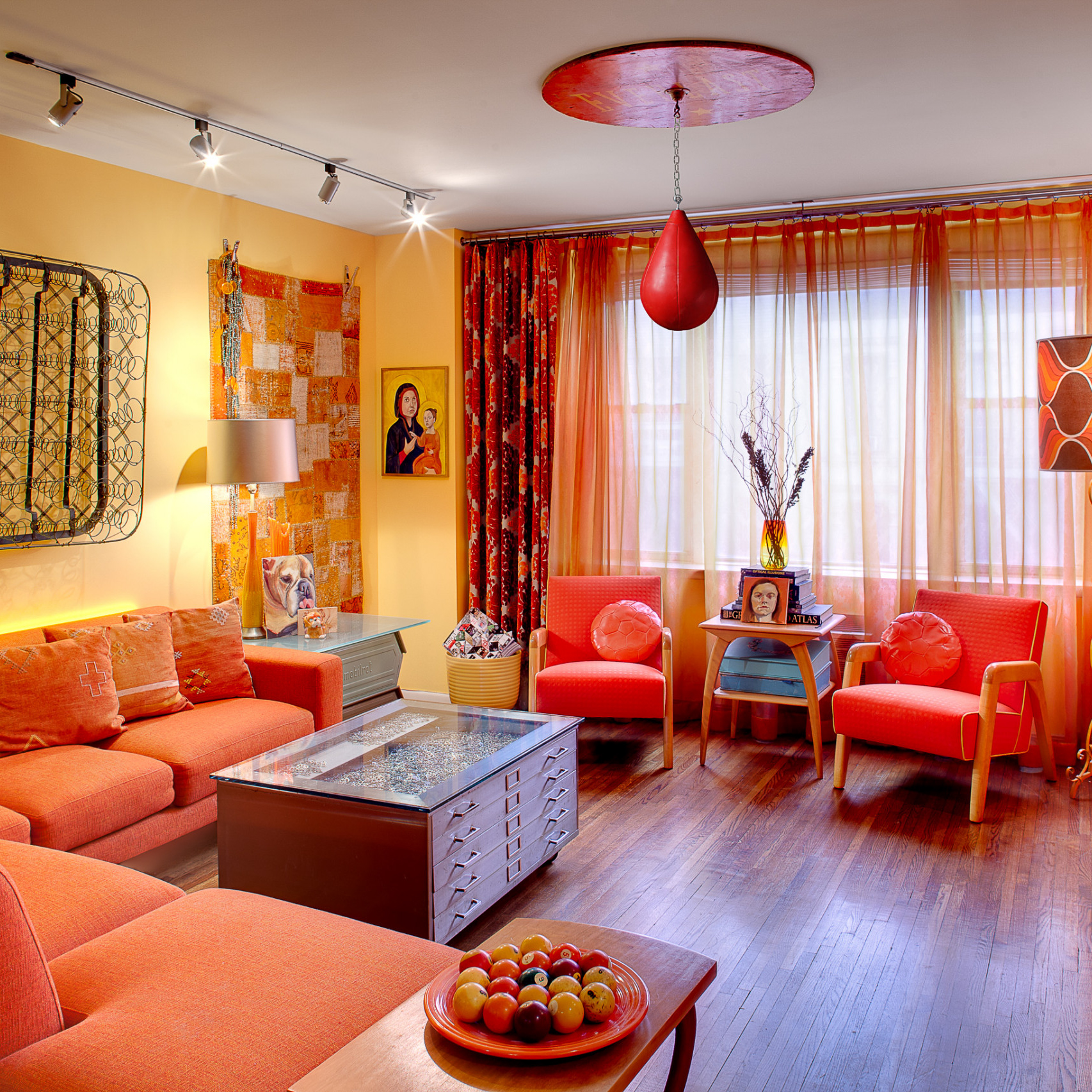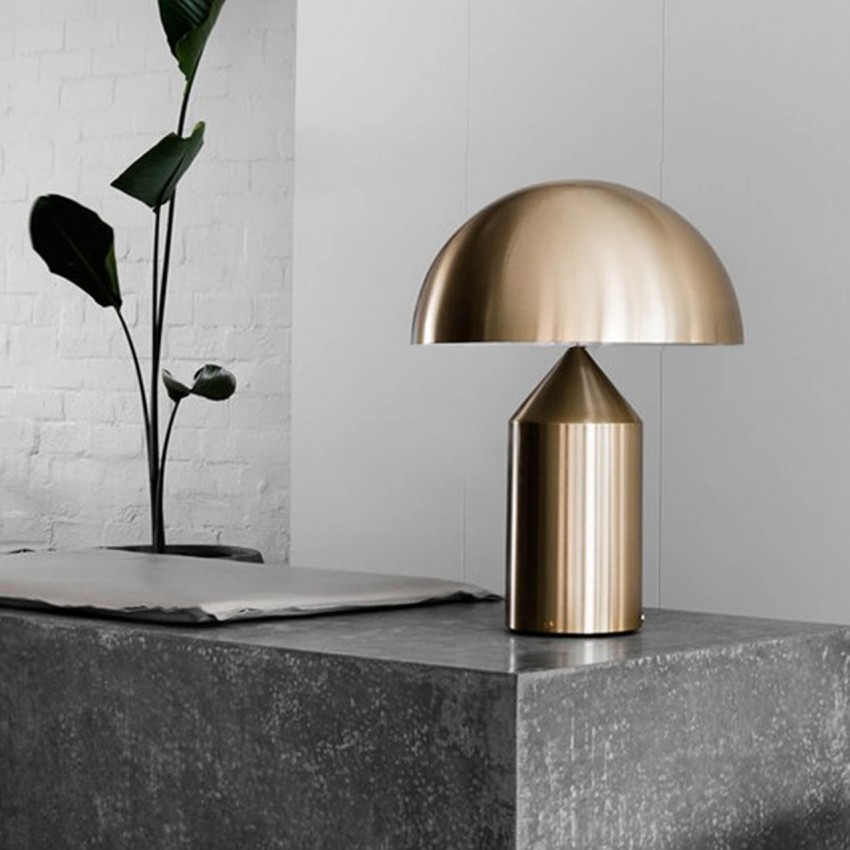Introduction
Lamp sculpture is a unique form of art that combines the elements of light and form in unconventional ways. Artists who create lamp sculptures use different materials and methods to produce one-of-a-kind pieces that are both functional and expressive. In this article, we dive into the world of lamp sculpture, exploring its history, techniques, and current trends.
History of Lamp Sculpture
Lamp sculpture has roots in the art nouveau movement of the late 19th and early 20th centuries. During this time, artists emphasized the connection between art and everyday life, and many explored new ways to incorporate functional objects into their work.
One of the most prominent artists of this period, Louis Comfort Tiffany, is known for his glass lampshades that were intricately designed with organic shapes, abstract patterns, and vibrant colors. These elegant pieces are still highly valued by collectors today.
In the mid-20th century, artists like Isamu Noguchi and George Nelson began to experiment with new materials like acrylic and plastic to create sculptural lamps that were both aesthetically pleasing and efficient. Their work paved the way for contemporary artists who continue to push the boundaries of lamp sculpture.
Techniques and Materials
The techniques and materials used in lamp sculpture vary widely depending on the artist’s vision and style. Some artists work with glass, creating blown glass pieces that are then carved, etched, or painted. Others use ceramics or metal, shaping them into intricate forms that are then wired for illumination.
One of the most popular materials used in contemporary lamp sculpture is wood. Artists like Mark Dziewulski and Barry Gross use natural materials like carved driftwood or fallen branches to create sculptures that are both organic and modern.
Another technique used in lamp sculpture is 3D printing, where the artist creates a digital design that is then printed in layers to create a physical sculpture. This method allows for extreme precision and detail in the final product.
Current Trends
Lamp sculpture continues to evolve as artists experiment with new forms and materials. One trend that has emerged in recent years is the use of recycled materials like bottle caps, plastic bags, and discarded electronics to create sculptural lamps that are both eco-friendly and visually striking.
Another trend is the use of LED lighting, which allows for more creative freedom in terms of form and design. LED lights can be programmed to change color and intensity, creating dynamic and interactive sculptures that respond to the environment.



